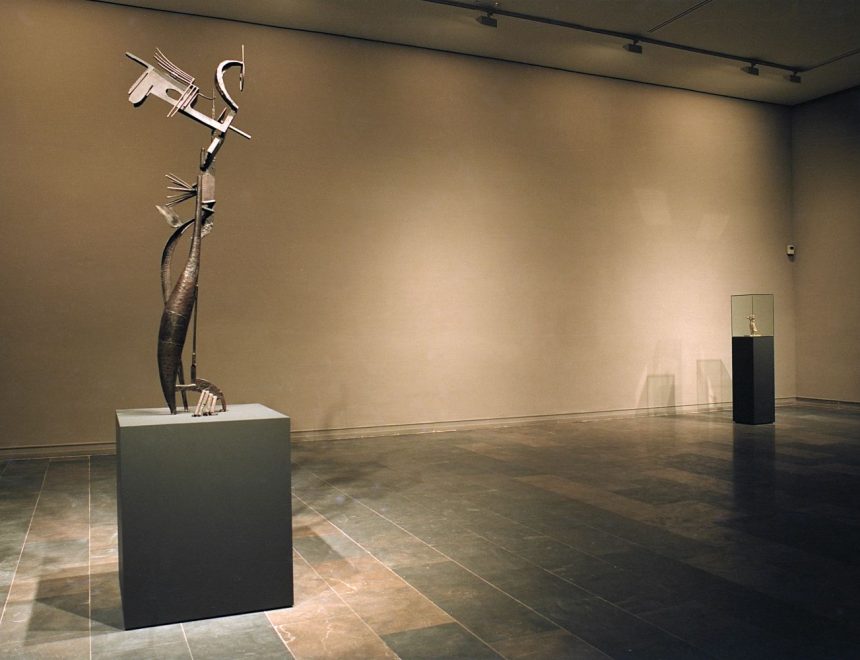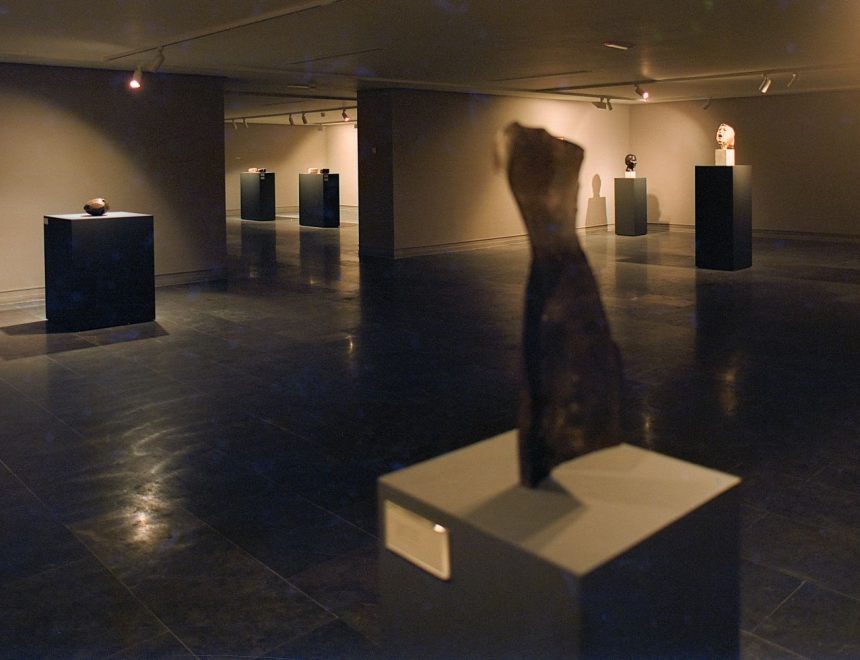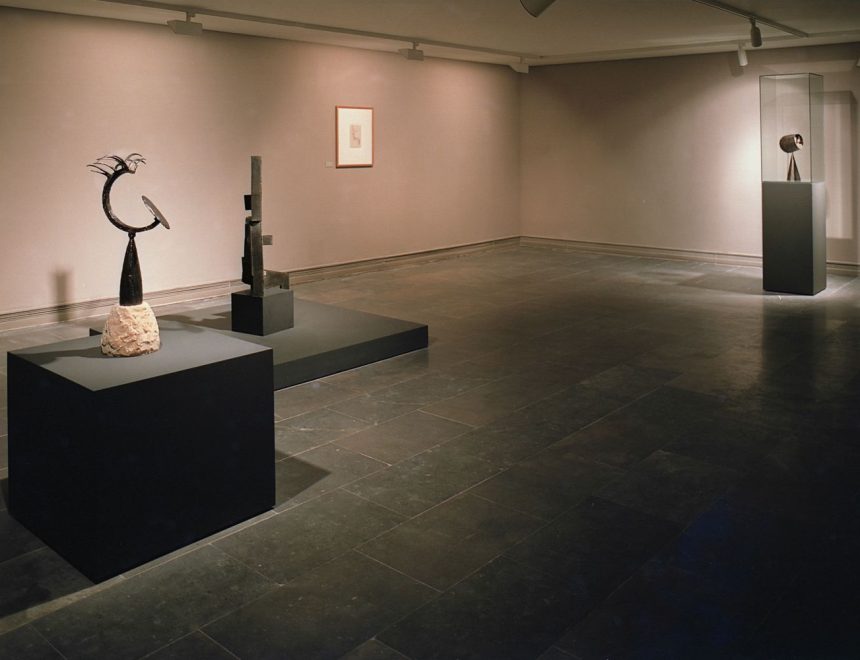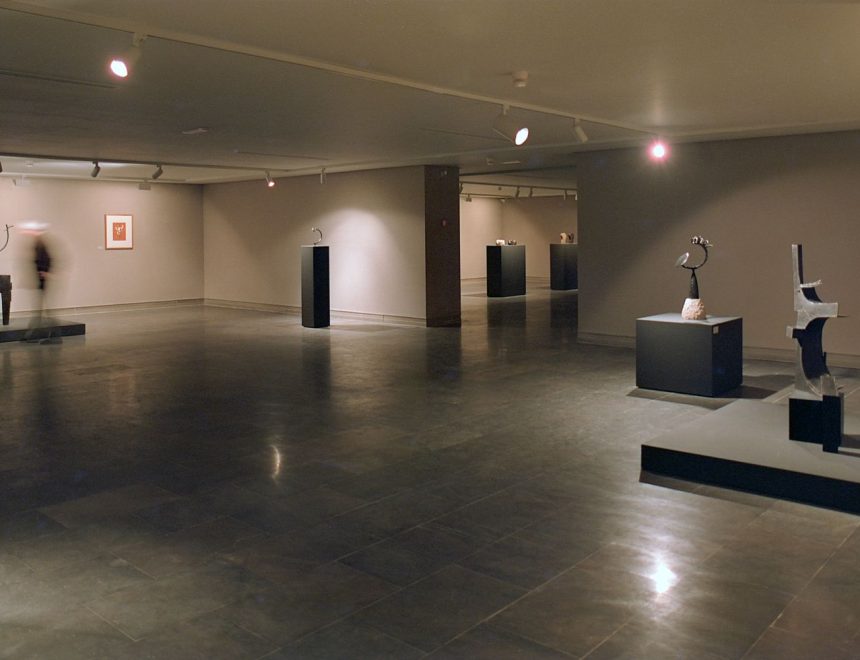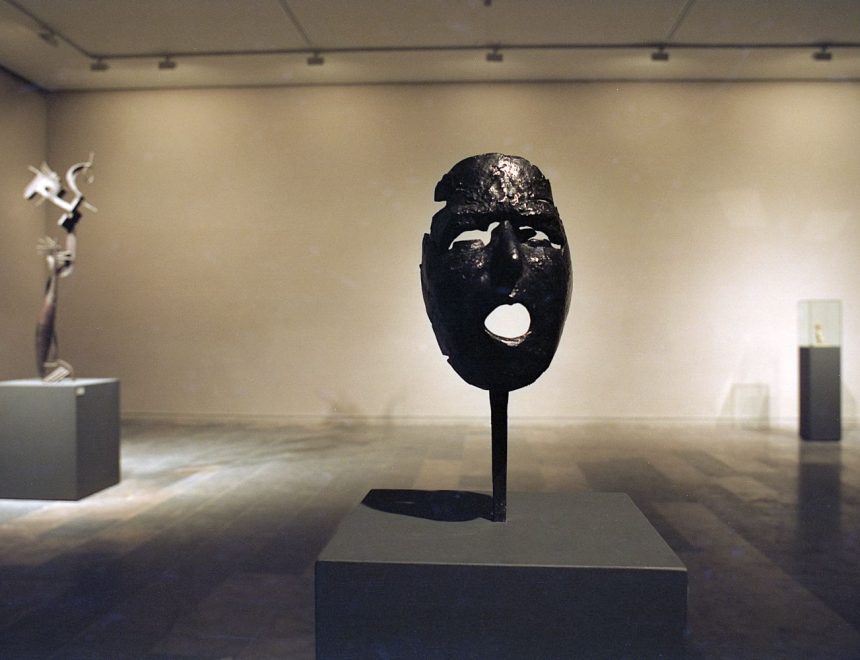Julio González in the IVAM’s Collections
The work of Julio González (Barcelona, 1876 – Arcueil, Francia, 1942) reveals, like few other artists’, the intrinsic relationship between art and craftsmanship, and is also unique in blurring and redefining the borders between them. In the words of the artist himself, “Working with iron was a craft when I thought ‘art’ was oil painting”. The IVAM owns the largest collection of the Catalan sculptor’s work, part of which was purchased during the late 1980s, with other works also donated by the artist’s descendants in Paris, Carmen Martínez and Viviane Grimminger. When the IVAM was defining its fundaments and mission, it was decided that the newly-constructed museum building would be dedicated to the artist in recognition of his work, which has been on permanent display since the museum’s opening, and as a tribute and memorial to the artist, whose oeuvre, albeit almost unintentionally, pioneered a new line in art. At that particular historical moment, between the functional nature of the artist’s studio and the artistic intent of exhibitions, González is a key figure for understanding art’s development from modernity to contemporaneity.
Julio González began his work at his father’s workshop, doing metalsmithing with wrought iron and making jewellery. Both he and his brother Joan studied drawing, although their will to become artists related more to the classical idea of art as representation than to the tool for transformation that his sculptures in iron ended up becoming. Drawing is a fundamental aspect for any appreciation of his later works in terms of the play of form and space in master works such as Cabeza ante el espejo (Head with Mirror, c. 1934) or Dafne (Daphne, c. 1937). His family’s move to Paris in 1900 radically shifted his perception of art, as did his friendships with Picasso, Brancusi and the art world in general in what was then the world’s art capital. The IVAM has dedicated a substantial number of exhibitions to the legacy of Julio González from different perspectives, with the intent of giving a broad view of the transcendence of his work and the historical importance of his career.
